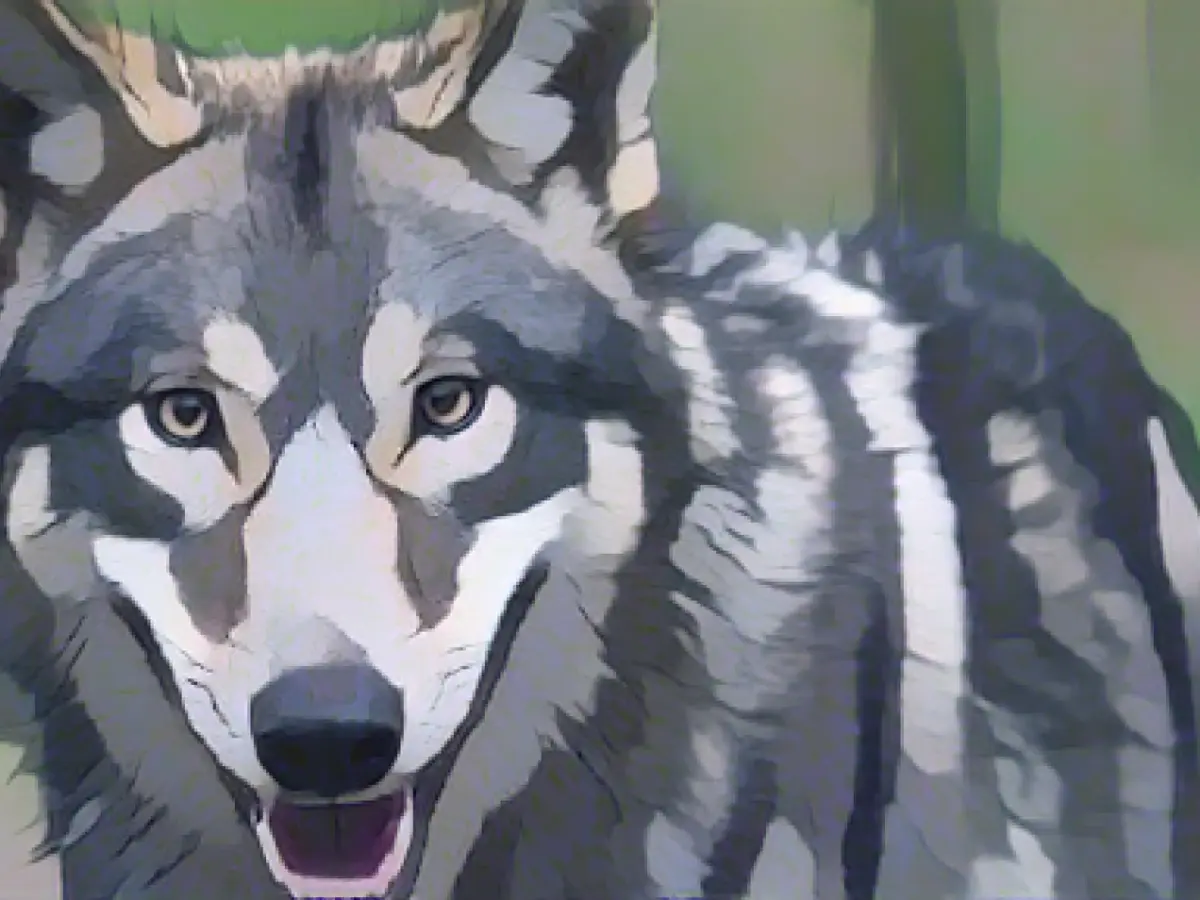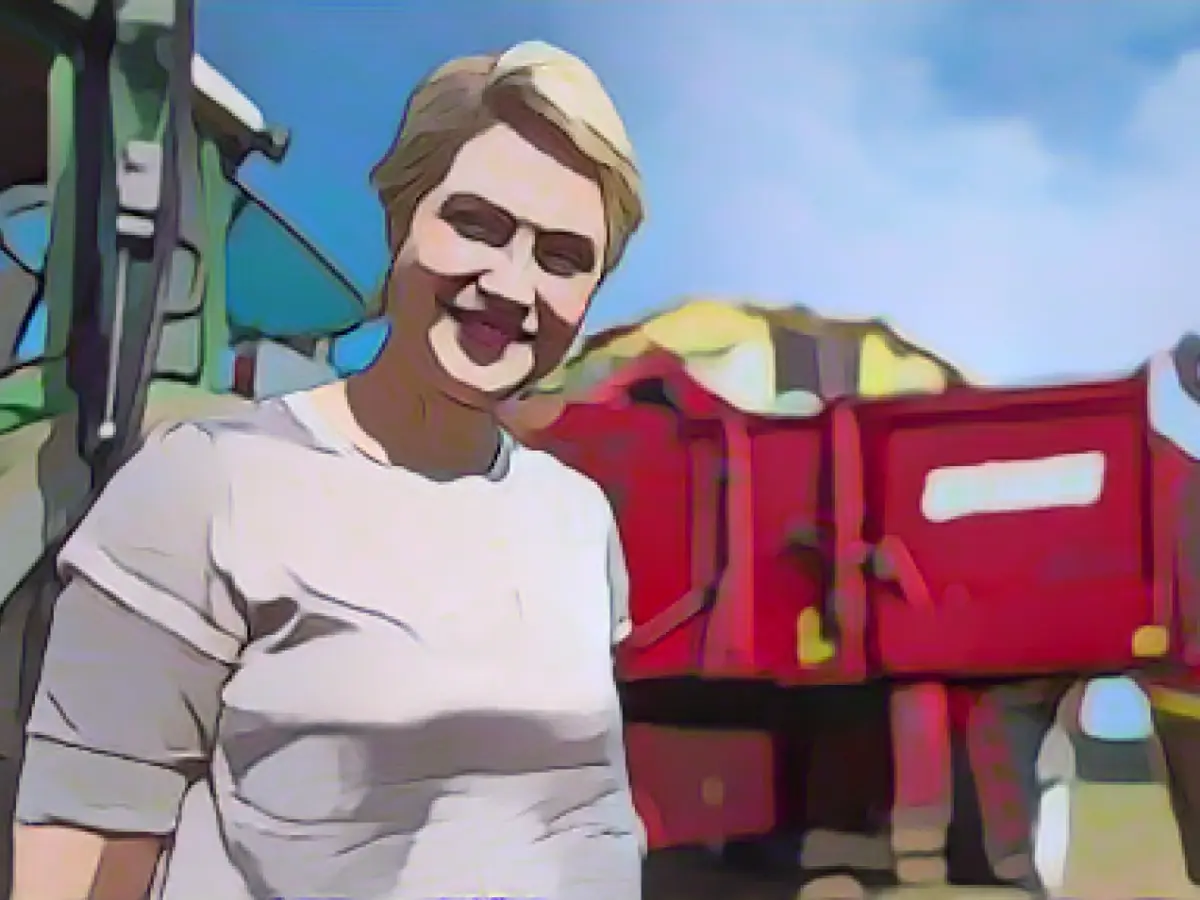Wolfs on the Rise in Saxony-Anhalt, Yet Attacks on Livestock Decrease
In the heart of Germany, the number of wolves roaming Saxony-Anhalt has seen an uptick, totaling 201 creatures across 35 territories. This surge in wolf population was unveiled in a recent wildlife monitoring report, presented in Magdeburg last Monday. The report reveals that this figure includes 36 animals that stretch across borderlands.
Among the key findings of this report, 27 wolf packs were documented during the May 2022 to April 2023 period, an increase of three compared to the preceding period. Saxony-Anhalt stands out as one of the German states with a more substantial wolf population.
Sandra Hagel, Environmental Protection Office President, shared insights on litter sizes in the region. She observed a reduction in the average number of pups per pack, with just 3.5 in the prior year, as opposed to eight in early days. Interestingly, there was a slight dip in 2015, which is the latest trend revealed in this study.
While the count of wolf sightings and packs has grown, reported attacks on livestock have decreased significantly. The incidences of livestock killings dropped from 75 to 59, a noteworthy decrease. Nevertheless, you should remember that this data reflects the reported attacks, according to the feedback provided by Sandra Hagel.
She attributes this decline to the state's initiatives in promoting livestock protection measures, which have intensified since 2019. These measures include providing 100% funding for erecting fences, maintaining these fences, and even subsidizing livestock guarding dog care costs. Over €460,000 was contributed toward these programs during the reporting period.
Large livestock owners are reportedly placing a growing focus on livestock protection, resulting in fewer reports of attacks on their herds. Environment Minister Armin Willingmann of the SPD party also commends these efforts. However, he questions the upcoming cuts in livestock protection funding announced by Agriculture Minister Sven Schulze, who represents the CDU.
Willingmann highlights the challenges smaller livestock farmers face in terms of affording these protection measures. This underscores his concerns about the announced cuts in funding. Instead, he calls for a collaboration between environment and agriculture ministers to develop a comprehensive approach to address these challenges.
The ongoing wildlife monitoring report also illustrates the existence of a fast-track shooting regulation aimed at controlling wolf populations in specific regions. Nevertheless, Willingmann cautions that this should be a last resort to prevent the illegal killing of wolves.
Engaging in conservation efforts and tailoring wildlife management strategies is crucial when aiming to foster a balance between wild animals, livestock, and the overall environment. Public aid and private initiatives remain inseparable when it comes to preserving biodiversity, as demonstrated by numerous bird and wildlife conservation undertakings supported by avid enthusiasts.








